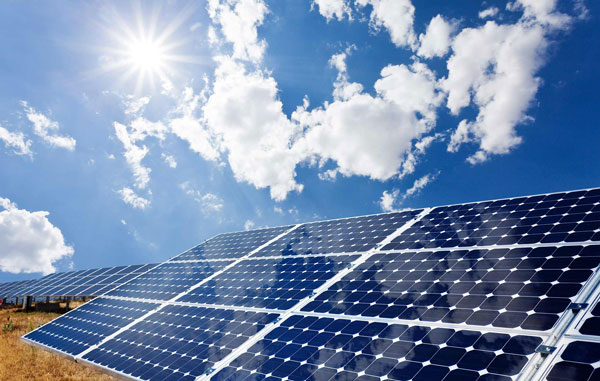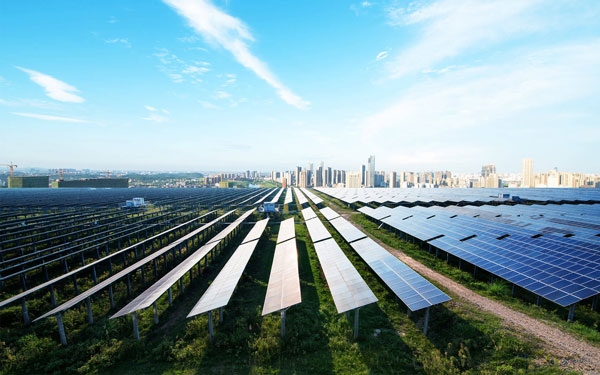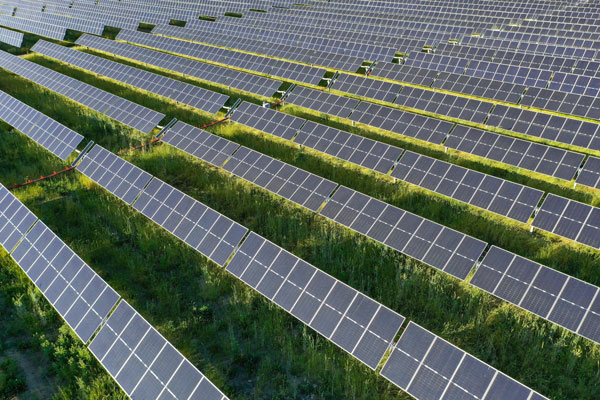Risk Assessment for Remote Installations
That is a very important process when seeking to protect solar panels in far points. This thorough inspection really helps for detecting and resolving any security vulnerabilities that are particular to the site.
Evaluate Geographic Risks
- Site Mapping: The first step is to map the geographic location of your installation site Paired with less public oberservation, the overall lesser risk of geting caught in these remote areas, especialy those farther from urban centers, means that they are often hit more often.
- Contemplate ease of access: Determine how easy the site is to get to by unsanctioned individuals. Some places in the middle of nowhere can be reachable by roads through major highways, so that the paths are too easy to escape and observance with some near passes though far away.
Assess Local Crime Rates
- Collect criminal justice statistics: Examine the crime stats to get a clear picture of the security threats in town. Other areas with a high frequency of vandalism or theft will be obviously riskier for solar installations.
- Historical review: Assess previous solar panel robberies in an area (if information is provided). This information aids in understanding where and how someone is most likely to steal something, and what kind of security measures have to be placed.
Environmental Forces
- Assess environmental exposure: Determine how factors in the environment, such as lighting, terrain and natural barriers could impact the views of and access to the solar panels.
- Weather: The weather in your area may changing security standards. E.g. frequent fog (or heavy rain) will not be as effective for visual-based security systems like cameras.
Talk to security experts
Work with local experts: Local security professionals can offer advice here that is more specific to the threats identified during the site risk assessment.
Develop the security plan - We create a full security plan that covers both items we have identified as risks, and operational issues on how to practically implement security on remote sites.
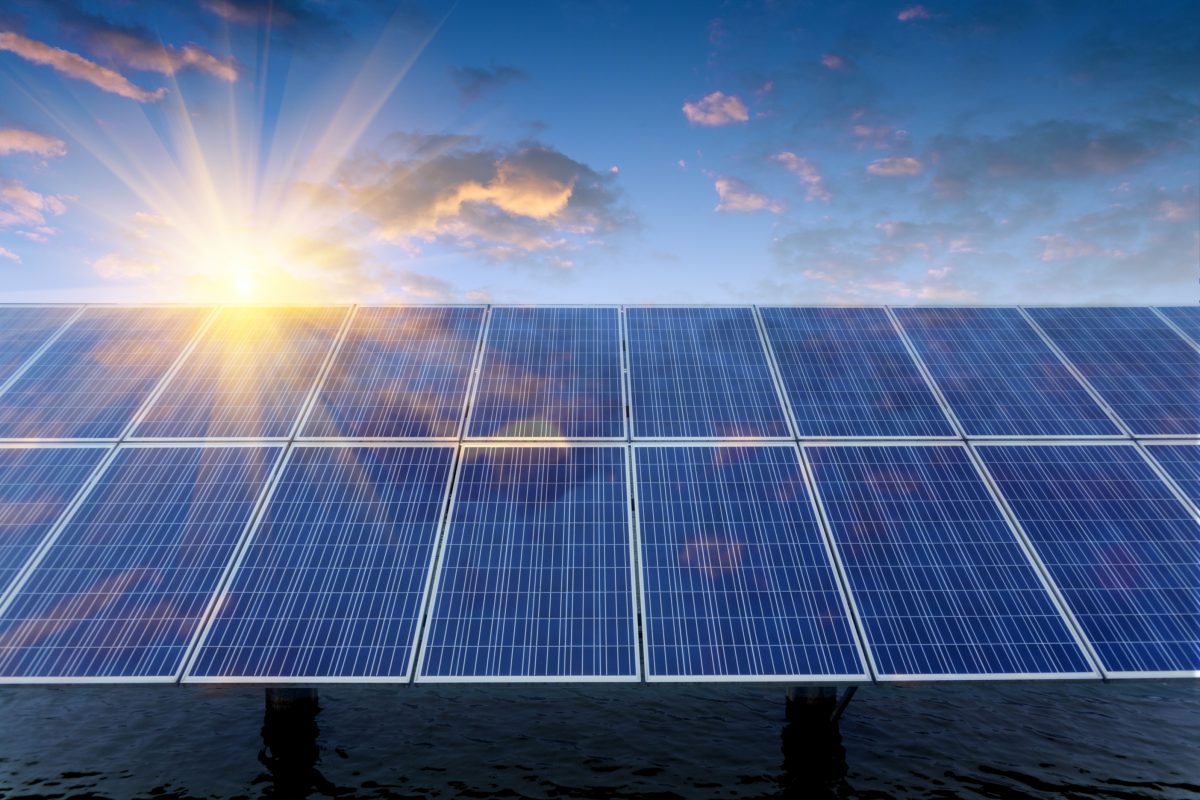
Strengthen Physical Security
Physical security Solar panels need to be protected from theft or they will quickly disappear. This includes a number of finer-grained measures, each designed to enhance deterrence and prevent non-legitimate access.
Selecting Strong Mounting Systems
- Choose the best materials: use hardened steel constructions that are durable as well as resistant to tampering. A dense, weather-resistant material that is extremely resilient which also helps prevent theft.
- Secure it with tamper-proof fasteners: Use screws or bolts that need special tools to remove. These fasteners are made to resist typical theft attempts, and they are not easy to undo without special tools.
Fencing the Perimeter
- Type of fencing: This really important apparently should be security fencing; it needs to be strong and installed well; barded wire is recommended on the top of security wood modern-day metal fence panels are an option. Chain Link Fence: This is a great method for an effective physical barrier that keeps trespassers away from your property.
- Safety gates: Confirm that there are secured, automatic gates in every entry point for the community. To secure these gates in the best way possible, you have to use high-security locks that are resistant to picking and cutting.
The Website You Can Get Lockable Security Cages Installed
- Cage individual panels: Individual panels for ground-mounted solar systems can be caged in tamper-resistant security screens that are ordinarily locked. These are small cages that prevent direct access and allows sunlight to pass.
- Tailored cage design: Customize the cages to match the exact dimensions and configurations of your panels The customization provides ultimate protection with highest possible efficacy of panels.
Installing Security Lights
- Motion-activated lights: Have lighting that turns on with motion. It all helps to make thieves flee, because these photos are uploaded not only in the cloud but also alerts the nearest security men.
- Strategically Position lights: Place the lights in a way to cover all sides of the solar panels commissioning Light Batteries Do not leave dark spots where thieves cannot be caught.
Implement an Alarm System
One important measure that may be curbed by other security methods above is to employ an alarm system. This section is about the history behind and benefits of leveraging cutting-edge alarm technologies on proven use cases with data.
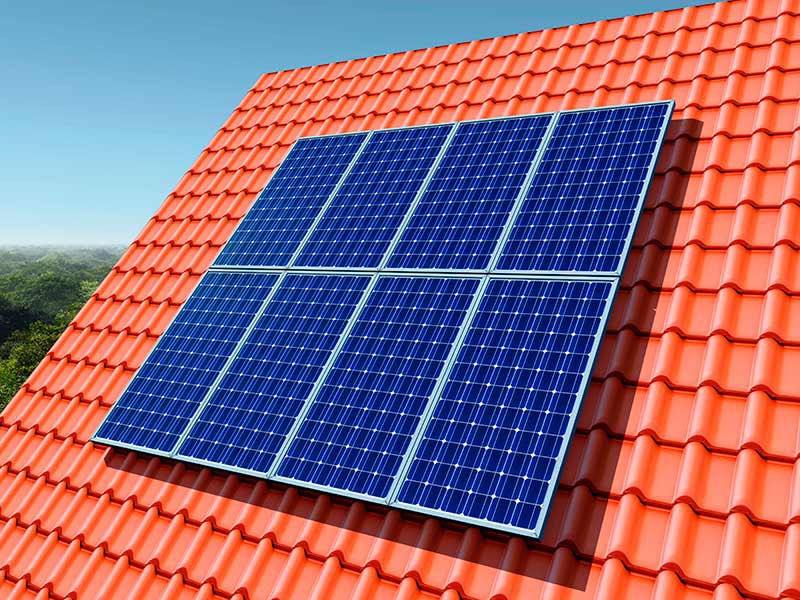
Use Appropriate Alarm Technology
- Motion Sensors: Put up alarm that sets of whether or not there are unusual movements nearby the sun powered boards. Security data shows that motion activated alarms can result in theft reduction on remote solar farms of over 60%
- Benefits of Choosing System AlarmsSide by side with generating animal noises, some alarm systems have built-in devices attached to cameras and lights to form a cohesive response system for unauthorized entry.
Installation Best Practices
- Having it professionally installed: Certified installers can set up the alarm system so that sensors are optimally placed and sensitive enough to catch break-ins, but not every time a cat crawls over the panel. That way, false alarms are reduced and the system can respond to real dangers.
- Coverage: The sensors of the alarm must cover all potential access points and be set according to the solar panel array's particular layout to ensure that detection zones are as extensive as possible.
Connectivity and Monitoring
- Remote monitoring: Use alarm system with ability to remotely monitor It means that security staff can watch over the entire site, 24/7 from a central control location and respond rapidly to any incidents.
- Real-time alerts - Select systems that send instant notifications to a mobile device or to a central monitoring station. A fast alert is necessary for immediate action, which has been proven to discourage potential robbers.
Benefits of Surveillance Cameras
One of the most effective tools solar power providers have at their disposal in order to combat this growing dilemma are surveillance cameras, they form a key part of security strategies for solar panel installations and are a double-edged sword by providing both deterrence and documenting capabilities. Integrating them with security systems has been proven very effective in diminishing theft events.
Preventive Social Distancing Control in Real Time
- Constant monitoring: Sun-in-peak-hours cameras keep watch over the solar panels to provide 24-hour surveillance of anyone in view of the array. This presence alone is very important, and essential in places far from people, where physical patrols will not pass.
- Theft prevention: Just the sight of a camera will deter many would-be thieves. There are studies that prove that the presence of visible systems can help reduce theft in a store by up to 70%.
Sophisticated Detection Techniques
- Now camera works on motion detection if anything goes wrong security will get alert and action can take instantly.
- Night vision: A lot of thefts happen during the night, it is important that the cameras you install have a good night vision. Ensuring 24x7 surveillance in any kind of lighting conditions.
Documentation and proofs
- Video recordings of events can provide invaluable information on anything from theft or vandalism toward potential video that may help in the recovery of stolen items from prosecution.
- Timestamped data: If a picture is not only worth a thousand words but can tell investigators the second of time when something happened, this can be invaluable in reconstructing events.
Networked with More Security Solutions
- System synchronization: Broad range of security compounds such as alarms, lights or door access can be easily integrated with surveillance cameras, ensuring all work together to maximize overall protection.
- By enabling site managers and security teams to log in remotely through their smartphones or computers, modern surveillance systems give the ability to view the live feed or recordings of sites from anywhere in the world.
Community Watch Programs
Solar Panel Installation Watch ProgramCommunity watch programs are a necessity to keep solar panel installations safe, especially for residential and rural areas. These programs leverage locals to be eyes and ears on the ground to identify suspicious behavior, therefore increasing the security ring around solar assets.
Formation & Structure
- Hire volunteer workers - locally: First, hire local volunteers; people who are free at different times throughout the day and so on. This then guarantees almost continuous coverage of the area at different shift timings.
- Train individuals: Hold routine training sessions for these volunteers so they are able to identify suspicious activities and know where to report them. Additional training is provided to utilize technology like cameras from the community, and alert systems.
Local Police Coordination
- Convene with local law enforcement regularly to talk about how things are going, share what you're seeing and hash out details to make sure your security strategies are the best they can be. They also help make sure the community and police are on the same page-making the watch program more responsive, more effective.
- Create a Real Time Communication process that allows constrctive information sharing between community and law enforcement. This may take the form of a dedicated hotline or a born-digital app around public safety.
Outward Facing Community Engagement and Building Awareness
- Holding information sessions: Modules aimed at educating the community on the significance of solar energy and what theft means for economic gains and the environment. This makes people more vigilant due to the awareness.
- Signage and identification: Post signage throughout the community and at solar installations alerting people to active surveillance by community watch efforts. This helps to deter would be thieves.
Impact and Effectiveness
- Lower crime rates: Neighborhoods that participate in watch programs generally have lower overall crime rates, and instead of solely being about solar panel theft. Neighborhoods with such programs, have seen as much as a 40% reduction in petty theft and vandalism.
- Instanced reporting: A consequence of being instanced or close-knit is increased (practically instant) notification of issues that might not otherwise have been noticed. This is crucial to prevention especially in the case of theft and getting stolen items back!

